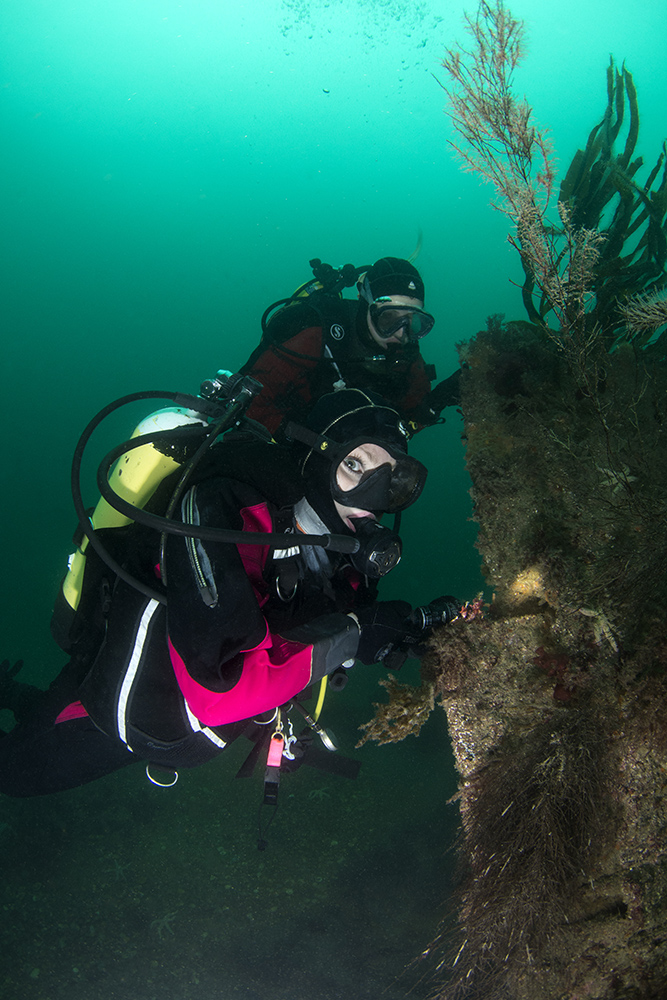The Angular Roughshark: A Unique Deep-Sea Predator
A Distinctive Look
The Angular roughshark (Oxynotus centrina) stands out with its unique, angular body shape that is unlike any other shark. Its body has a distinctive humped, almost pyramid-like appearance due to its high, triangular dorsal fins and compressed, thickset torso. The first dorsal fin, located just behind the head, is particularly tall and prominent, while the second is slightly smaller. These large fins give the shark its sharp-edged, almost boxy profile, which contrasts with the streamlined bodies of most other sharks.














